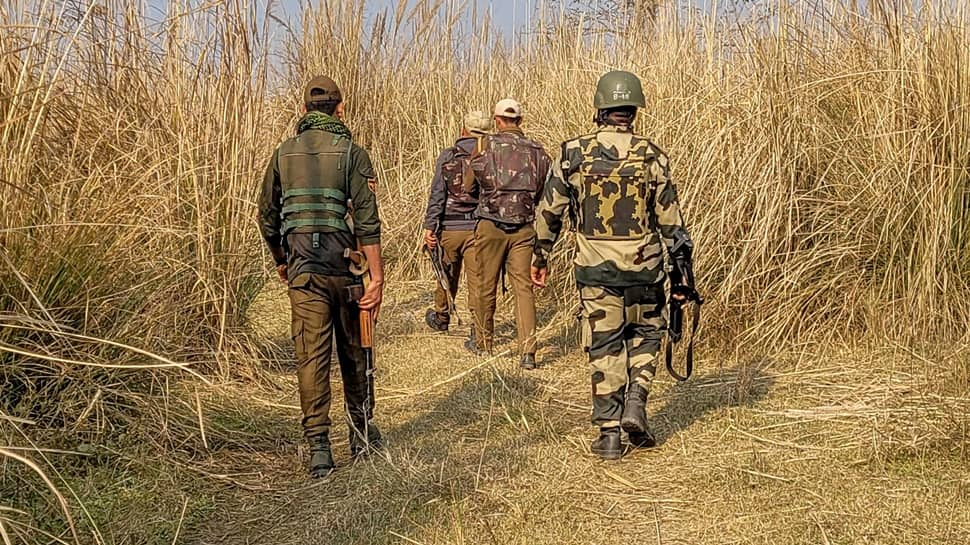A new challenge has cropped up for the security forces as terrorists have reverted to the old traditional routes of infiltration. Data show that there has been a sudden rise in infiltration attempts from old traditional routes close to the LoC and the International Border. The rise in terror-related incidents indicates that a significant number of foreign terrorists have infiltrated into the Union Territory of Jammu and Kashmir. The Jammu and Kashmir Police DGP had earlier said that more than 70-80 foreign terrorists are active in the region. The Jammu and Kashmir Police DGP admitted that the old traditional routes have been reactivated and that a substantial terror infrastructure remains intact across the LoC in PoK.
DGP Jammu and Kashmir R. R. Swain said, “This is the obvious reality; there is no doubt that there (in Pakistan), I always say it is true that there are camps, there are factories of terrorism, there are such organizations operating there, and their business is running on bloodshed here. If they are not able to do so, then their money stops.” He added, “It is a challenge, and we have seen it before. The answer to your question is whether they have started new routes which were closed earlier and have been opened again. The answer is ‘yes.’ Are they trying to activate it? The answer is ‘yes.’ The reason is, we all know.”
Security forces say that the entire LoC and the International Border have been put on high alert due to increased terrorist activities. There has been an increase in the presence of terrorists in the Jammu region’s Poonch-Rajouri belt and the North Kashmir belt of the Kashmir region, with many foreign terrorists present. Recently, two major infiltration attempts were foiled by security forces on the LoC. For the first time in decades, security forces launched a search operation in the upper hills of the Gulmarg area, a famous tourist destination in the Baramulla district of North Kashmir, after receiving information about some suspicious activities. However, the security forces have succeeded in reducing the number of locally active terrorists, and the recruitment of local Kashmiri youth into the terrorist ranks has decreased.
DGP Jammu and Kashmir R. R. Swain said, “It is now a fact that our youth are joining terrorism very little. The last lowest figure of our youth’s involvement was in 2013, but this time it is even less than that.”
The security forces say that they are ready to deal with any kind of situation and will give a befitting reply to the terrorists and their masters across the border. The DGP said, “We are ready. I constantly say that our biggest source is the people. They are trying but are not succeeding.”
Meanwhile, security forces have continued to increase the deployment of troops for a strong counter-infiltration grid. According to sources, due to no heavy snowfall, all the old infiltration routes have remained open, and infiltration attempts are continuing.
There has been a new surge in terrorist incidents in Jammu and Kashmir, where infiltration peaks before the onset of winter, which has forced the security forces to re-evaluate their counter-terrorism strategy in the Union Territory. Sources said the revised counter-terror strategy will consider that infiltration attempts are likely to increase in the Valley ahead of winter when heavy snowfall makes such attempts difficult.
Security experts attribute the rise in terror attacks to several factors, such as the topography of the Pir Panjal hills in south Kashmir and Shamsawari hills in north Kashmir, close to the Line of Control, traditional routes and easy infiltration routes, and dense forests with natural caves. Experts said Pakistan keeps changing its strategy. Some places were inactive for a long time, and that inactivity made the security forces a little careless. The terrorists took advantage of the situation, and that is exactly what is happening now.

